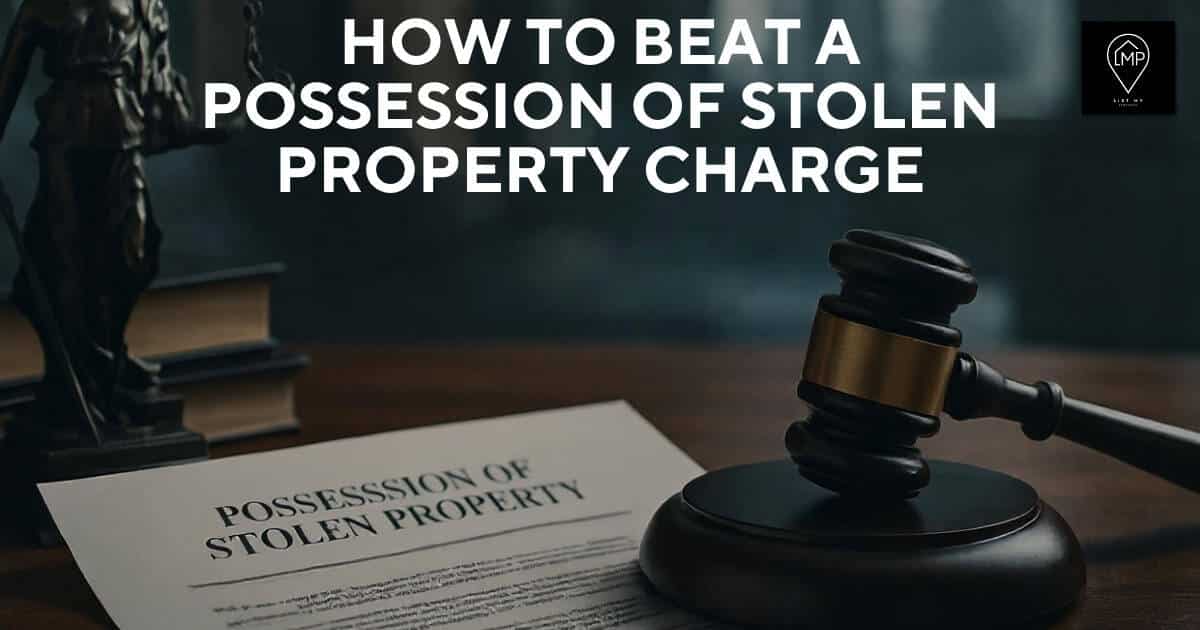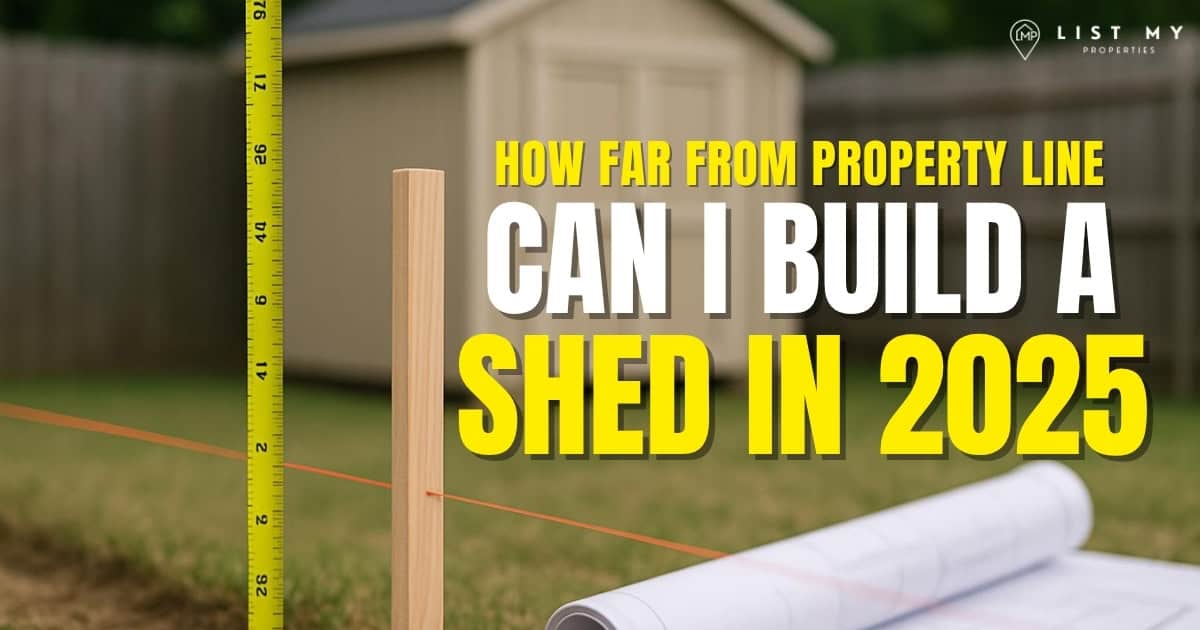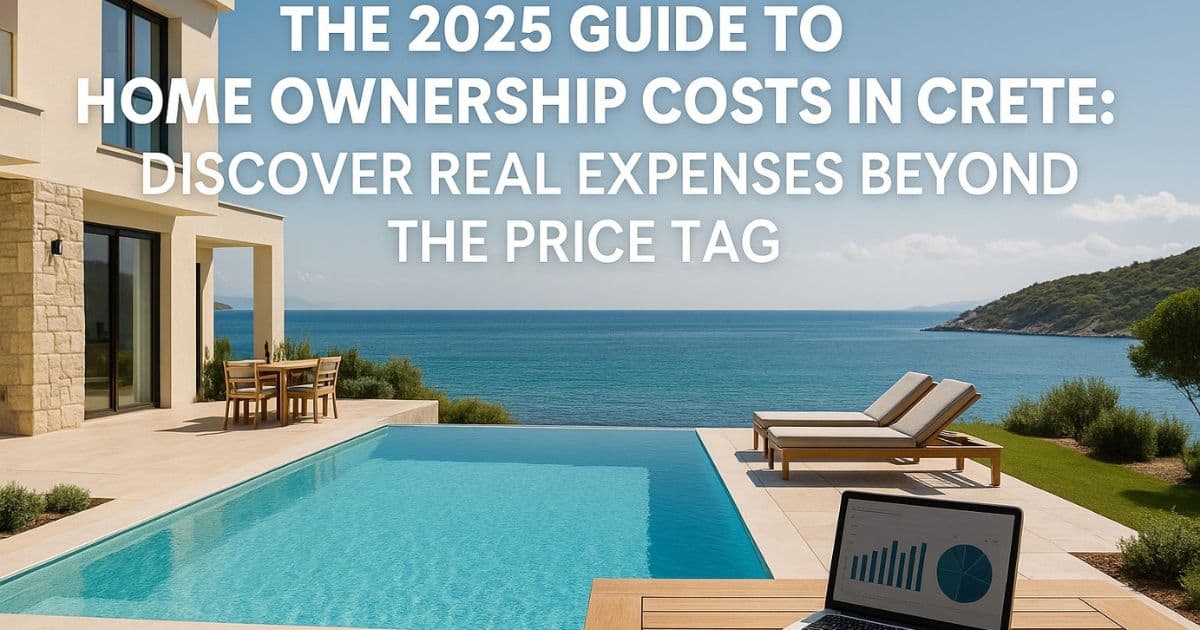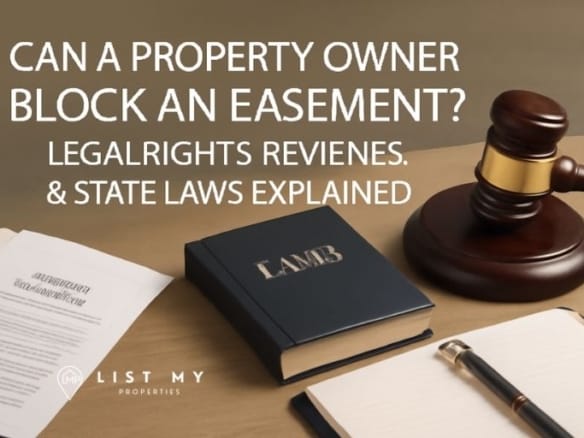Dreaming of a stone villa overlooking the Aegean or a charming village home in Crete? Before you fall in love with bougainvillea-draped terraces, understand the home ownership costs in Crete, Greece’s largest island. This isn’t just about the property price; it’s about transfer taxes, soaring utility bills, annual levies like ENFIA, and the nuances of maintaining a home in the Mediterranean. With Crete’s property market heating up and costs shifting post-pandemic, our 2025 guide leaves no stone unturned.
We’ve analyzed thousands of transactions, consulted island-based lawyers and notaries, and crunched the latest data to give you the most accurate, actionable breakdown, whether you’re buying a holiday retreat or relocating permanently.
Why Crete’s Property Market Captivates Buyers (and the Costs That Follow)
Crete isn’t just Greece’s southernmost gem; it’s a strategic investment haven where ancient history meets modern infrastructure. The island’s lower cost of living compared to Athens or Santorini, coupled with rising tourism, fuels demand for everything from rustic farmhouses to luxury seafront villas.
Yet, many overseas buyers focus solely on the listing price, overlooking the cascade of compulsory expenses that follow. A €250,000 villa, for instance, can easily accrue €30,000+ in immediate purchase costs alone. And that’s before considering the annual price of island living: electricity, water, property taxes, and the ever-present maintenance because sea air and sun, while glorious, are tough on buildings.
Breaking Down the Purchase Phase: Taxes, Fees & Hidden Financial Traps
The journey from “I’ll take it!” to getting the keys involves six layers of mandatory costs—all before you sip your first raki.
Property Prices in 2025: What € Buys You (and Where)
Crete’s real estate market remains one of Greece’s most affordable, but prices climbed 8-12% in 2024, with Chania and Rethymno leading the surge. Expect to pay:
- €1,800–€3,500 per sqm for apartments in cities like Heraklion or Chania.
- €2,500–€5,000+ per sqm for villas with sea views in hotspots like Apokoronas or Elounda.
- Bargains still exist in rural Lasithi or mountainous villages (e.g., €1,200/sqm), but renovation costs often offset savings.
The Compulsory Trio: Transfer Tax, Notary & Lawyer Fees
No property purchase in Greece escapes these three:
- Transfer Tax (3–4% of “Objective Value”): Not the sale price, but a government-assessed value often HIGHER than market rates. For a €300,000 home, this could be €9,000–€12,000.
- Notary Fees (1–1.5%): Legally required for contract authentication. Budget 1.2% minimum.
- Lawyer Fees (1–2%): Non-negotiable for due diligence—especially for overseas buyers. Always hire an independent Greek lawyer.
Golden Visa Costs & Other Nuances
For non-EU buyers, Greece’s Golden Visa program (minimum €250,000 property investment) adds:
- €2,000–€5,000 in legal/processing fees
- €16,000+ in government charges (including VAT on fees)
- Pro tip: Buying off-plan? You’ll pay VAT (24%) instead of transfer tax—a potential money saver for new builds.
The Never-Ending Story: Annual Ownership Costs You Can’t Escape
The day you get keys, the meter starts running. Here’s where budgets get stretched.
ENFIA: Greece’s Annual Property Tax (and 2025 Updates)
ENFIA (Uniform Tax on Property Ownership) is Crete’s most notorious recurring levy. Calculated on “taxable value” (not market price), it’s based on:
- Property size (sqm)
- Location (urban vs. rural)
- Age of construction
- 2025 update: Rates dropped slightly for lower-value homes but rose for luxury properties (€500k+). A 100-sqm Chania apartment might pay €200/year, while a €1M Elounda villa could owe €1,800+.
H3: Utility Bills: Keeping the Lights On (and the Pool Filled)
Island living means higher utility costs, especially in summer:
- Electricity: €150–€400/month (A/C is the culprit!). Solar panels are increasingly popular.
- Water: €30–€100/month (doubled in summer for gardens/pools).
- Internet/Phone: €30–€60/month for decent broadband.
Maintenance, Insurance & the “Island Tax”
- Property Insurance: €300–€1,200/year (depends on risk zone—earthquake/flood coverage is essential).
- Maintenance: Budget 1–2% of property value annually. Older homes? Closer to 3%. Includes pest control (Crete’s humidity = termites!), roof repairs, and that relentless battle against salt erosion.
- “Island Tax”: Everything from plumber callouts to garden upkeep costs 10–20% more than the mainland.
Living in Crete: Weaving Ownership Costs into Daily Life
Your home isn’t an island; it’s part of Crete’s cost-of-living ecosystem.
Crete vs. Mainland Greece: A Cost Comparison
Crete boasts one of Greece’s lowest costs of living, about 20% below Athens. But drill deeper:
- Groceries: Local produce (olives, cheese, veggies) is cheap, but imported goods cost 10–15% more than in Thessaloniki.
- Dining Out: A taverna meal for two: €25–€40 (wine included!).
- Transport: Fuel prices are EU-average, but Crete’s compact size (you can cross it in 4 hours) keeps driving costs manageable.
Retirees, Expats & Digital Nomads: Custom Budgeting
- Single Retiree: €1,200–€1,800/month covers basics (rent not included, owners save here!).
- Couple with Remote Jobs: €2,000–€3,000/month (includes high-speed internet, co-working space, and travel).
- Golden Visa Holders: Must prove €2,000/month easily covered by Crete’s living costs.
Regional Cost Deep Dives: From Chania to Lasithi
Costs vary wildly across Crete’s four prefectures.
Chania: The Glamorous West (But Prices Reflect It)
- Property: €2,800–€5,000/sqm in the old town; €3,500+/sqm for sea views.
- Annual Costs: Higher ENFIA (tourist zone), but rents yield 5–7% for short-term lets.
- Hidden Gem: Mountain villages like Vamos offer value—€1,800/sqm with lower taxes.
Heraklion: Urban Buzz, Balanced Budgets
- Property: Most affordable city living (€1,800–€3,000/sqm).
- Annual Costs: Lowest utility averages on Crete; ENFIA moderate.
- Ideal for: Expats wanting city amenities (hospitals, universities) without Chania prices.
Rethymno & Lasithi: Hidden Value (But Mind the Renovations)
- Rethymno’s Old Town: Venetian charm at €2,500–€4,000/sqm.
- Lasithi’s Plateaus: Stone cottages from €1,200/sqm but factor in €50k+ for structural fixes.
- Both offer: Stunning landscapes, lower population density, and negotiable prices for motivated sellers.
Smart Strategies to Minimize Your Crete Ownership Costs
Don’t let expenses erode your dream.
- Renovate Smartly: Use local materials (stone, wood) and labor (€15–€25/hour). Prioritize energy efficiency (reduces €300+/year in bills).
- Tax Optimization: Declare rental income? You can deduct mortgage interest (if applicable) and maintenance.
- Insurance Bundling: Combine property, earthquake, and liability coverage for 10–15% savings.
- Community Fees: For apartments, verify exactly what’s covered (some include water!).
Regional Insights: Buying Property in Major Areas of Crete
Crete is a diverse island with various regions offering unique advantages and different cost structures.
1. Chania
Chania, known for its Venetian architecture and vibrant markets, remains one of the most popular areas for buying property in Crete.
- Property in Chania often includes traditional stone houses, modern apartments, or renovated villas.
- Cost to Buy: Prices vary by location, with central Chania fetching higher property prices while outskirts may offer more competitive rates.
- Amenities: Proximity to the old harbor, excellent restaurants, and active cultural sites make Chania attractive to both locals and expatriates.
2. Heraklion
Heraklion, as one of the largest cities and a major administrative center, offers robust infrastructure and urban conveniences.
- Urban Living: Offers modern homes, condos, and a mix of historical properties.
- Market Trends: The home ownership costs in Crete in Heraklion is competitive due to robust demand, yet often lower than prime Chania coastal areas.
- Investment Appeal: With high rental demand due to tourism and growing economic activity, Heraklion is appealing for investors as well.
3. Rethymno and Apokoronas
Rethymno and the surrounding region of Apokoronas offer a mix of traditional village charm and modern developments.
- Rural vs. Urban: Buyers can choose between quaint rural settings with lower costs per sqm and more modern developments with updated amenities.
- Lifestyle: These regions tend to have a lower cost of living and are attractive to retirees and those seeking a quieter lifestyle.
- Resale Prospects: Investment in these regions may yield steady appreciation as infrastructure and local tourism improve.
For additional information on the property market across Crete, visit the official Greek Government Real Estate Portal (external link).
AI-Driven Overview (Featured Snippet Style)
The True Cost of Owning a Home in Crete (2025)
Buying a house in Crete? Beyond the purchase price (€1,800–€5,000/sqm), plan for:
- Immediate Fees: 7–10% of property value (transfer tax, notary, lawyer).
- Annual Taxes: ENFIA from €150–€1,800+ depending on size/location.
- Utilities: €200–€500/month (A/C, water, internet).
- Maintenance: 1–3% of home value yearly.
Crete’s lower cost of living vs. mainland Greece (20% below Athens) helps offset these, but regional variations matter—Chania costs more than Heraklion or rural Lasithi. Always budget 15% extra for surprises!

How to Beat a Possession of Stolen Property Charge: Expert Guide 2025


Property Tax Appeal Attorney: Cut Your Tax Bill by 30%+ (2025 Guide)
The 5 Most Critical Takeaways
- Purchase costs can hit 10%+ of your property price—never skip the lawyer/notary.
- ENFIA is annual and based on government “value,” not your purchase price.
- Crete’s west (Chania) costs 20–30% more than the east (Lasithi) for both property and living.
- Always get 3 quotes for renovations—island “premiums” vary wildly.
- Short-term rentals can offset costs—but research zoning laws (some areas restrict Airbnb).
 Conclusion (Short & Punchy)
Conclusion (Short & Punchy)
Owning a home in Crete is a dream dipped in Aegean light—but it demands financial clarity. From the notary’s office to the monthly utility bill, every euro counts. Arm yourself with hyperlocal data, ruthless budgeting, and a trusted team, and your Cretan stone house won’t just be paradise… it’ll be a smart investment too.
FAQ Section
Can US citizens buy property in Crete?
Absolutely! No restrictions—just the same taxes/fees as EU buyers. You’ll need a Greek tax number (AFM) and a local bank account.
What are the pitfalls of buying property in Greece?
Poor due diligence (e.g., unclear titles), underestimating renovation costs, and skipping independent legal advice. Always verify if the land is “buildable” and free of archaeological claims!
How much does it cost to buy a house in Crete?
€1,800–€5,000/sqm depending on location/condition. A 2-bedroom village home: €120k–€250k. A 3-bedroom sea-view villa: €350k–€1M+.
How much are property taxes in Crete, Greece?
Annual ENFIA tax ranges from €150 (small rural home) to €1,800+ (large luxury villa). Calculated via a complex government formula—your lawyer can estimate it.
What are the pros and cons of living in Crete?
Pros: Stunning nature, rich culture, affordable living (vs. other Greek isles), friendly locals. Cons: Bureaucracy, summer crowds, limited high-paying jobs, and everything moves slower.


 Conclusion (Short & Punchy)
Conclusion (Short & Punchy)
Join The Discussion